Curly jasmine: characteristics, growing conditions and useful properties
Jasmine belongs to the Olive family, the so-called Jasmine group. It is a climbing plant, an evergreen shrub that grows naturally in the subtropics and tropics of different continents of the Earth. On the territory of Europe, in Russia, climbing jasmine grows in artificial conditions, representing a houseplant.
Content:
- A bit of history about jasmine
- Plant features
- Varieties and types of jasmine
- Growing conditions for climbing jasmine
- Diseases and pests
- Useful properties of curly jasmine
A bit of history about jasmine
Many ignorant people confuse the chubushnik, which grows throughout the territory of central Eurasia, with real jasmine. That is why, when talking about jasmine, they always specify which one is talking about, whether it is real or false.
The exact place of origin of this representative of the flora has not yet been fully identified. If the olive branch, which is a prominent representative of the family, is mentioned in ancient scrolls and is depicted on vases and amphoras found on the island of Crete dating back to the 2nd millennium BC, then there is no such evidence of jasmine. But China is conventionally considered the birthplace of jasmine. But this claim remains controversial. Since jasmine is still the national flower of Pakistan, India and the Philippines.
Translated from the Persian language, the word "yasmin" has a translation - a fragrant flower. Indeed, the scent of jasmine cannot be confused with another scent.
Enchanting scent this plant has been known all over the world since ancient times. There are references to the use of this plant for decoration and aromatization in palaces of different countries of distant times. Until now, wreaths and garlands are woven from jasmine flowers for guests of honor, for weddings in different countries of Asia, in Indonesia on the islands of the Pacific Ocean.
For the Tatars, jasmine is sacred.
In Latin America, India and Italy, the shoots and flowers of the plant are important religious attributes. Until now, jasmine oil, which is used in perfumery and pharmaceuticals, is the most expensive essential oil in the world (there are about 7 million flowers per kilogram, the cost is almost $ 6,000).
Plant features
There are more than 200 types and varieties of jasmine... All of them are evergreen shrubs with climbing stems that sometimes reach a height of more than 10 meters. Of all types of jasmine, about 90 are decorative indoor plants.
All types of climbing jasmine are different in color of flowers and leaves.
Leaf shapes can be different:
- Simple.
- Triplets.
- The opposite.
- Paired.
- Regular.
Their shades and colors are varied, combining the entire palette of green. Jasmine flowers tubular, collected in star-shaped inflorescences. There are simple and terry. May consist of 5 or more petals. There are 2 thousand stamens inside the tube of the flower. The most common flowers are white. But a number of varieties are lemon and yellow. Several species of this plant have pale pink flowers.
Breeders have created varieties that have golden and pearlescent white flower petals.
Flowers are collected in umbellate inflorescences in several pieces. The calyx of flowers is funnel-shaped or bell-shaped, sometimes cylindrical. The ovary of flowers, when ripe, becomes a black berry.
The development and growth of this plant is very fast. Long-lasting flowering, especially in natural conditions. Flowering usually occurs from April to November. But some varieties bloom in winter.
Varieties and types of jasmine
Of the whole variety of jasmine varieties, the most popular among gardeners are:
- Large-flowered jasmine (medicinal). The most unpretentious of all jasmine. It grows in almost any home environment. It can reach a height of 10 meters if not trimmed in time. It has large flowers in the form of white stars. The leaves are small. In the south of the country, in the Caucasus, it is grown outdoors for industrial use.
- Jasmine multiflorous... This is a real vine that wraps around any support. It blooms with small white flowers that look like stars. Requires regular pruning of shoots to avoid exposing branches.
- Holoflower jasmine. Shrub plant with penetrating shoots. In winter, after the fall of the foliage, the flowering period begins, the flowers are bright yellow in color, located in the axils of the leaves.
- Jasmine sambac (Arabic or Indian). It has long shoots. A very flexible plant. To give this variety of jasmine the appearance of a shrub, it is often necessary to prune it. The flowers are white, double, very fragrant. When blooming, they take on a pink color. In southern countries, it is grown for industrial use. The flowers of this particular variety of jasmine are used to make the famous Chinese jasmine green teas. It has been cultivated since 1665.
There are varieties of sambac:
- Grand Duke with rose-like flowers and a rich and sweet aroma,
- The beauty of India, with tiny white flowers, blooming all year round,
- Arabian knights - fast-growing unpretentious shrub jasmine with small fragrant double flowers,
- The Virgin of Orleans is the easiest to grow variety, blooming with small, non-double flowers all year round, with a strong aroma,
- The Grand Duke of Tuscany has the largest flowers of all sambacs, develops slowly, being picky about growing conditions, and the flowers dry up on the plant without falling off,
- Mali Chat has several tiers in growth, develops slowly, blooms with double white "roses", is difficult to grow.
- Royal jasmine. It has large oval leaves and large white flowers (up to 7 centimeters in diameter). Blooms in winter. Surprisingly, odorless.
- Jasmine Bissa. Grows naturally in the mountains, picky. Support is required. For indoor cultivation, shoot undercut is required. The flowers are bright pink, fragrant. It blooms only in May-June.
- Low jasmine. It has bare shoots, is short. The flowers are collected in inflorescences, small, yellow in color with a long tube. The flowering period is summer.
- Jasmine folded. Shrub plant with paired leaves. The flowers are light yellow, small, fragrant, with turned-back petals. Blooms all summer.
- Jasmine flattened. A shrub variety with purple flowers. Has a delicate aroma. Blooms for a long time. Requires rare pruning.
- Primrose jasmine. A creeping plant requiring support. It blooms with yellow, odorless small flowers. Flowering occurs from spring to autumn.
- Madagascar Jasmine (Stefanotis). A popular houseplant with large flowers and a strong pungent odor. Blooms all year round. May cause allergies.
- Star jasmine differs from other plant species in its weak aroma, spotty large leaves, large simple flowers.
- Jasmine Lerata. A special variety of jasmine with a subtle mint aroma and lanceolate waxy flowers.
This is just a part of the varieties and types of jasmine that have won recognition among indoor plant lovers.
Growing conditions for climbing jasmine
The plant is quite unpretentious, but prefers light, unshaded places. Window sills on the east side of the house are the best option for arranging flowerpots with these flowers. Does not like direct sunlight.
Jasmine prefers high air humidity, therefore, during the hot season and during the dry season the plant should be sprayed... In this case, the air temperature should not be higher than +30 degrees and below +10 degrees.
Jasmine requires watering regularly, but does not tolerate overflow.
Calcareous soil is detrimental to the plant. Periodically it is recommended to acidify the soil. For indoor cultivation, periodic feeding should be carried out. For this, either organic or mineral fertilizers are introduced into the soil at least once a month, except for the winter period.
Jasmine transplant:
- Experts recommend transplanting plants annually in spring for young plants, and for jasmine over 3 years old - once every 3-4 years.
- The soil needs to be loose, acidified, with the addition of peat.
- You can use ready-made commercial soil for azaleas. The presence of drainage in the soil in the form of expanded clay is obligatory.
Since jasmine is a climbing plant, pruning and plucking of shoots is required to form a bush. Time for circumcision - Spring. Almost all types of jasmine need support.
There are 2 ways to propagate jasmine at home: cuttings and air layers.
The plant takes root easily in any case. The germination period during reproduction is up to one and a half months.
Diseases and pests
Jasmine, like many ornamental plants, is susceptible to diseases and pests.
Dangerous for this plant:
- Aphid.
- Mealybug.
- Spider mite.
- Shield.
- Thrips.
- Whitefly.
- Leaf weevil.
To combat pests, you must regularly inspect the plant. If pests are found, insecticides should be used, otherwise the plant will simply disappear. The affected areas are removed and burned.
Useful properties of curly jasmine
The beneficial properties of jasmine have been known since ancient times. It is an excellent honey plant and an assistant in the treatment of many diseases. Often used in magic.
The leaves of the plant are used in folk medicine ^
- As an antipyretic, antifebrile agent.
- In the form of a compress, they are used to heal wounds.
- A decoction of the leaves is used to reduce the flow of milk. Jasmine vines are used to make baskets and souvenirs.
Jasmine root is a versatile remedy:
- In its raw form, it is used to treat headaches, insomnia, and fracture pain.
- Ancient treatises mention the use of jasmine root soaked in wine for long-term anesthesia.
It was revealed that the aroma of jasmine excites and invigorates more than coffee.
Jasmine oil is used not only for cosmetic and perfumery purposes. In pharmaceuticals, oil is used in the manufacture of massage oils and creams, pain relieving gels. It is a great antidepressant. Jasmine tea perfectly lowers blood pressure, increases efficiency.
However, curly jasmine can cause allergies. It should be protected from its use by people suffering from stomach ulcers and small children. Any treatment with this plant requires prior consultation with a doctor. it unique plantdonated to humanity by nature.
More information can be found in the video.



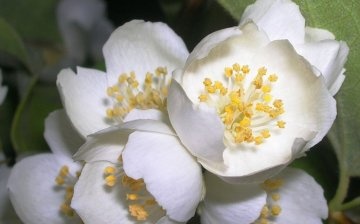
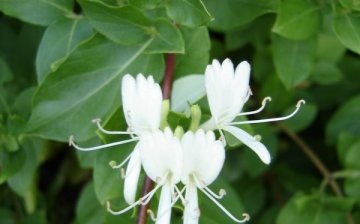


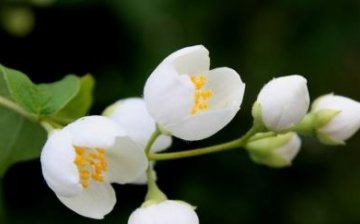
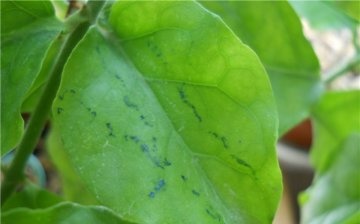
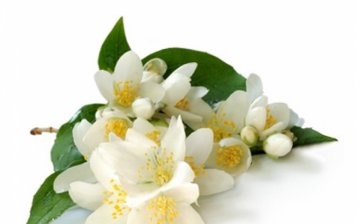







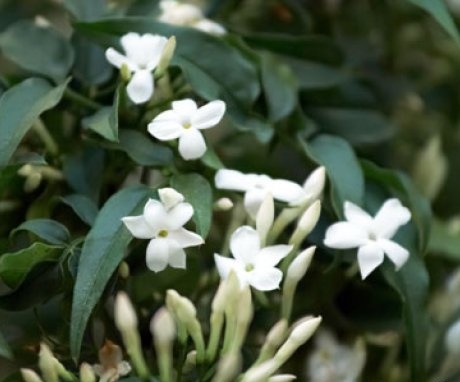
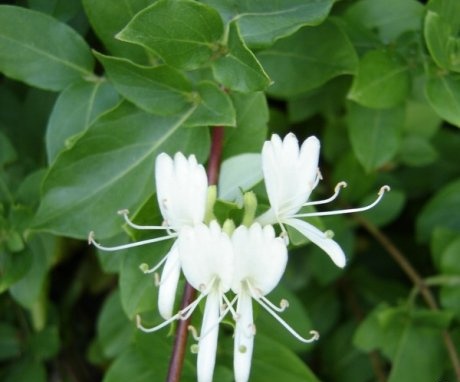
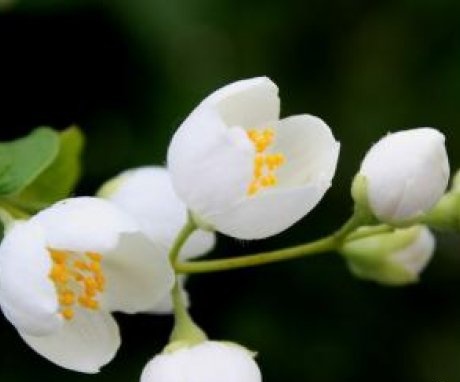
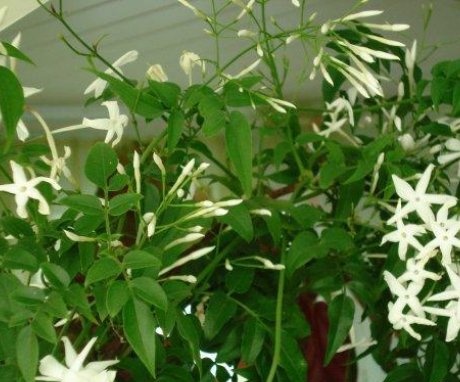
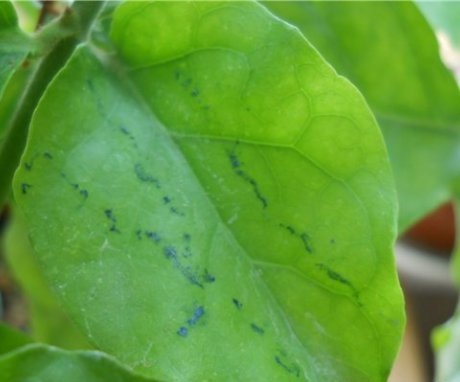

To say that this is a divine plant is to say nothing. I love the scent of its flowers, I look forward to the whole bush blooming, and then I enjoy it.
I have just bloomed jasmine. Fragrant and beautiful. They say flowers can be picked and brewed.You can throw two or three flowers directly into freshly brewed tea, there will be an excellent smell and effect.